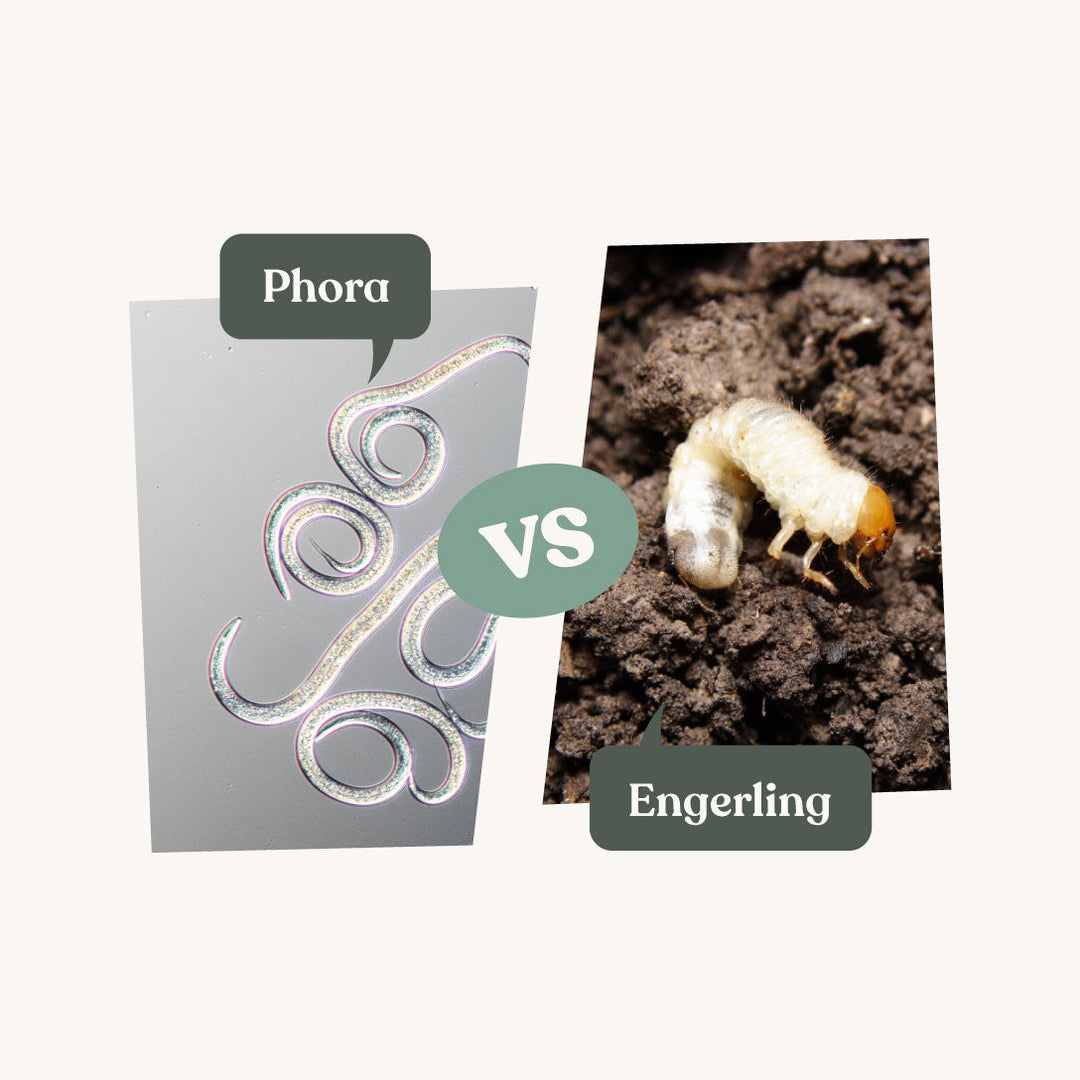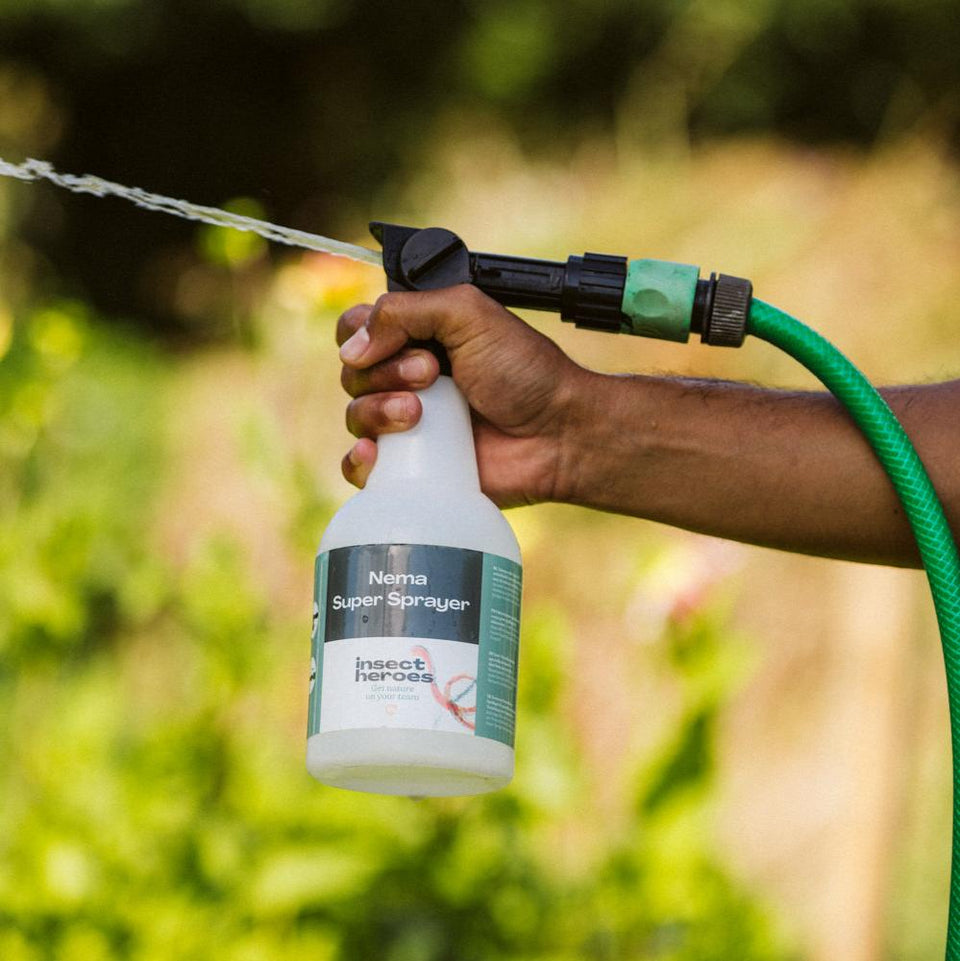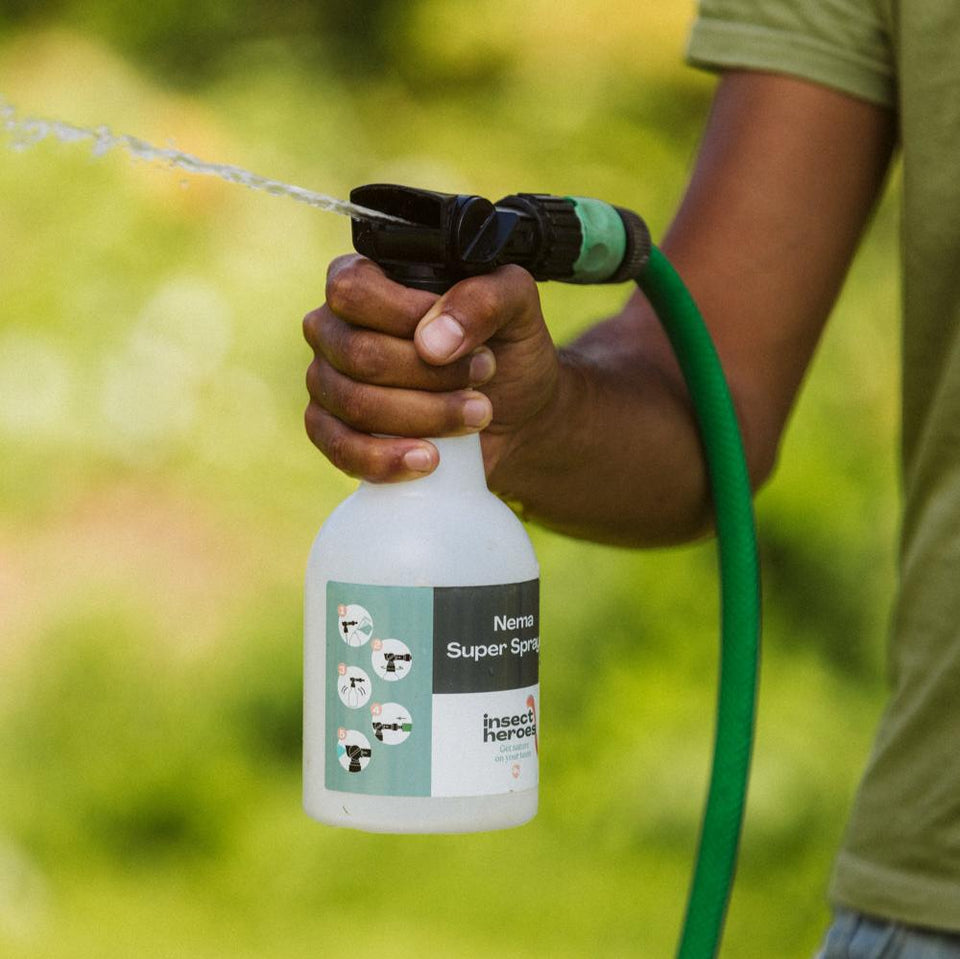- Home
- Grubs
Grubs
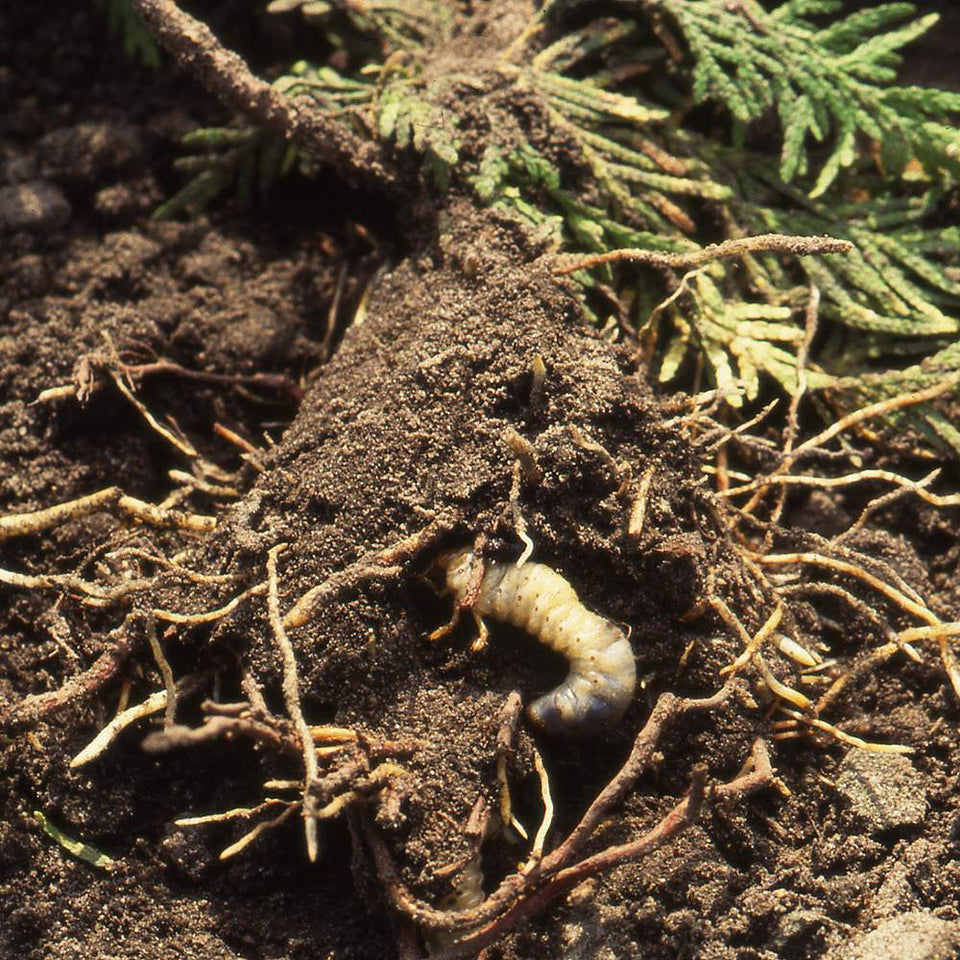

Grubs fight
Grubs are beetle larvae of various types of beetles such as the rose beetle, common cockchafer, June beetle and July beetle. The larvae gnaw on plant roots, causing extensive damage to lawns and garden plants.
Grubs can be controlled biologically with Phora nematodes.
Deploy these heroes
Lawn deal - against grubs and leatherjackets
- Sale price
- €42,95
- Regular price
-
€54,00
Phora- against grubs
Effective at soil temperatures from 15 °C- Regular price
- From €16,95
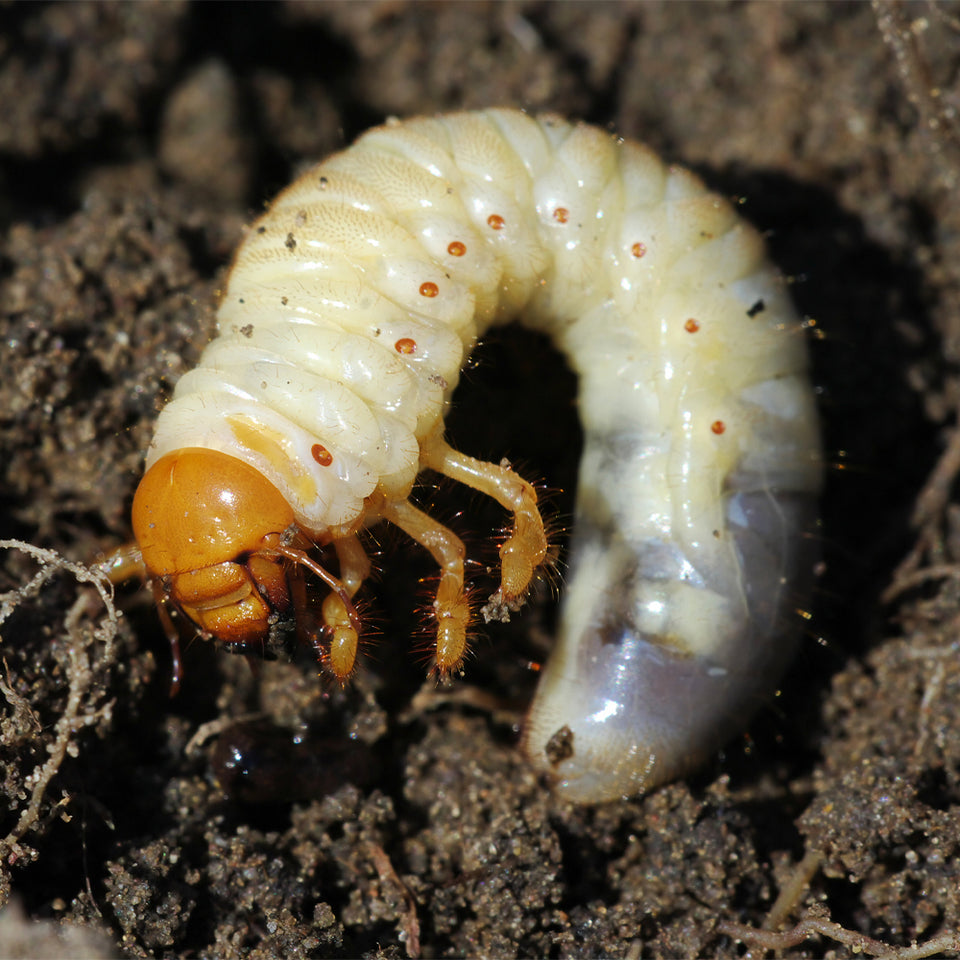

How do I recognize grubs?
A grub has a white or beige colored body and a brown head. In freshly harvested turf they grow up to 15 mm long, and have their bodies curled up like a letter C. They have 6 legs. Grubs can be quite deep in the ground, which makes them difficult to find.
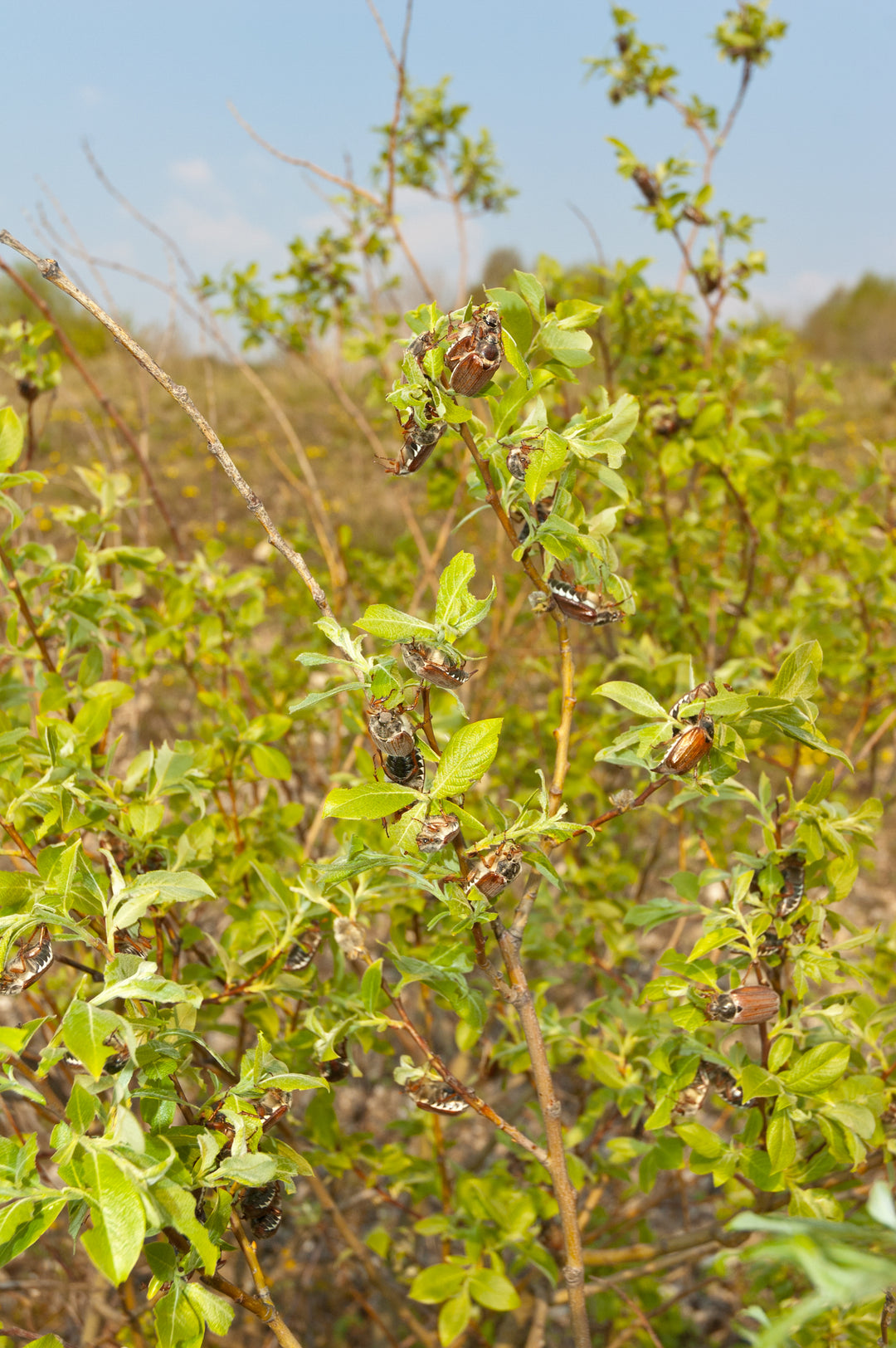
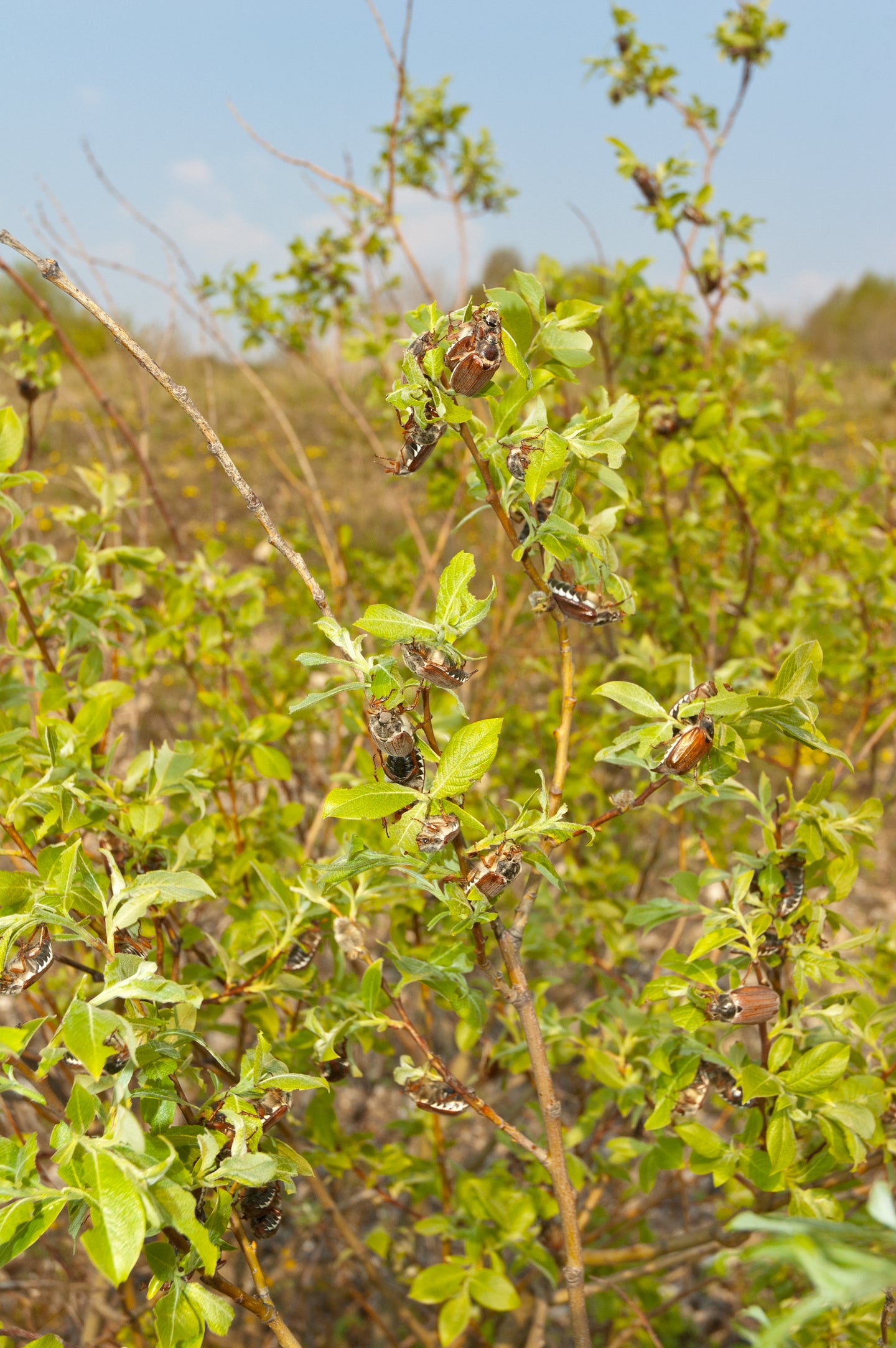
What are grubs?
Grubs are larvae of different species of beetles. They live in the soil for one to four years, depending on the species of beetle. The May beetle, rose beetle, June beetle and July beetle are mainly found in the Netherlands. The photo shows adult cockchafers.


How do I recognize Grubs ?
I explain what the slide is for.
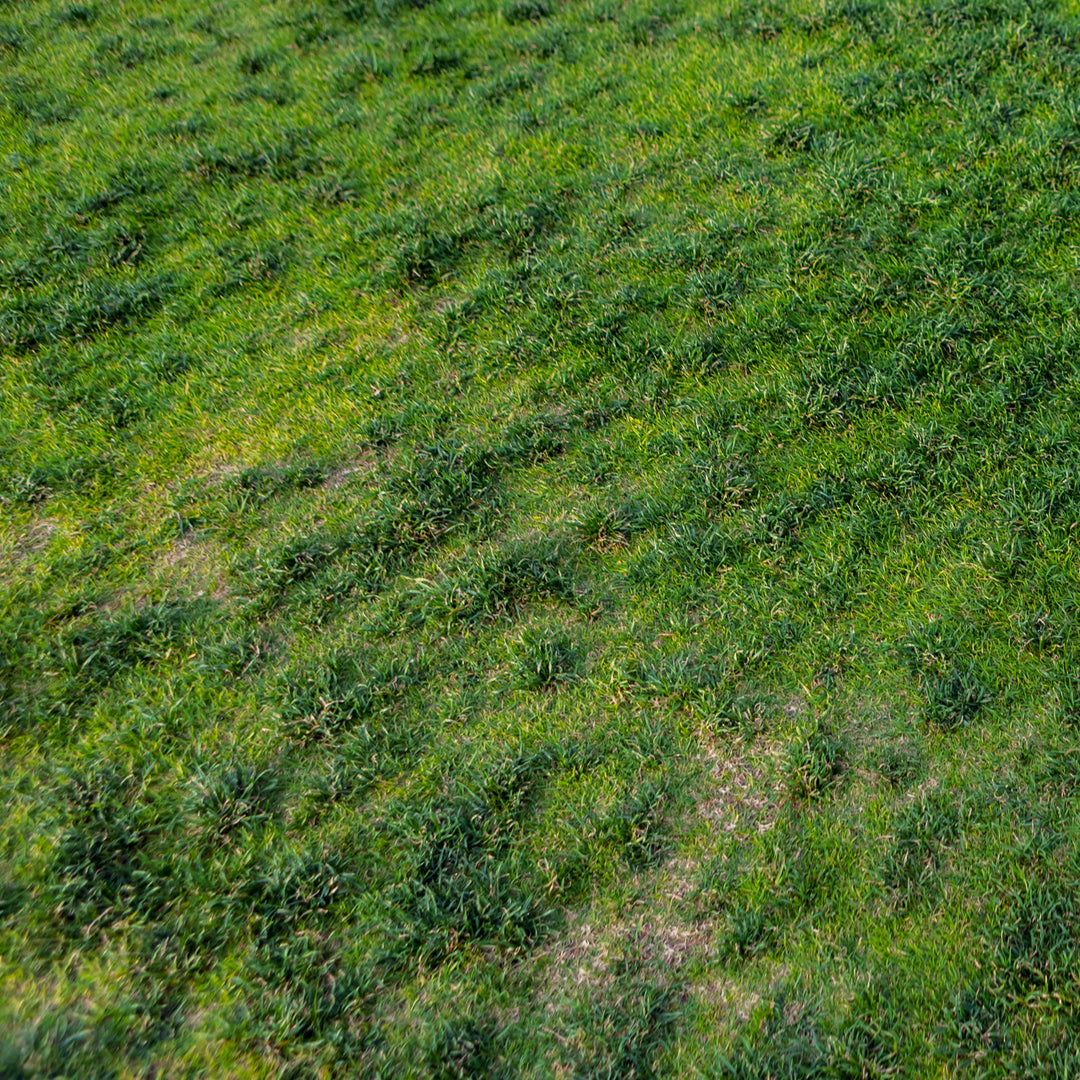

How do I recognize grub damage?
Grubs gnaw the roots of grass and garden plants, causing the plant to turn yellow and die. In lawns you can recognize grub damage by yellow spots in the grass. You can easily lift the yellow grass.
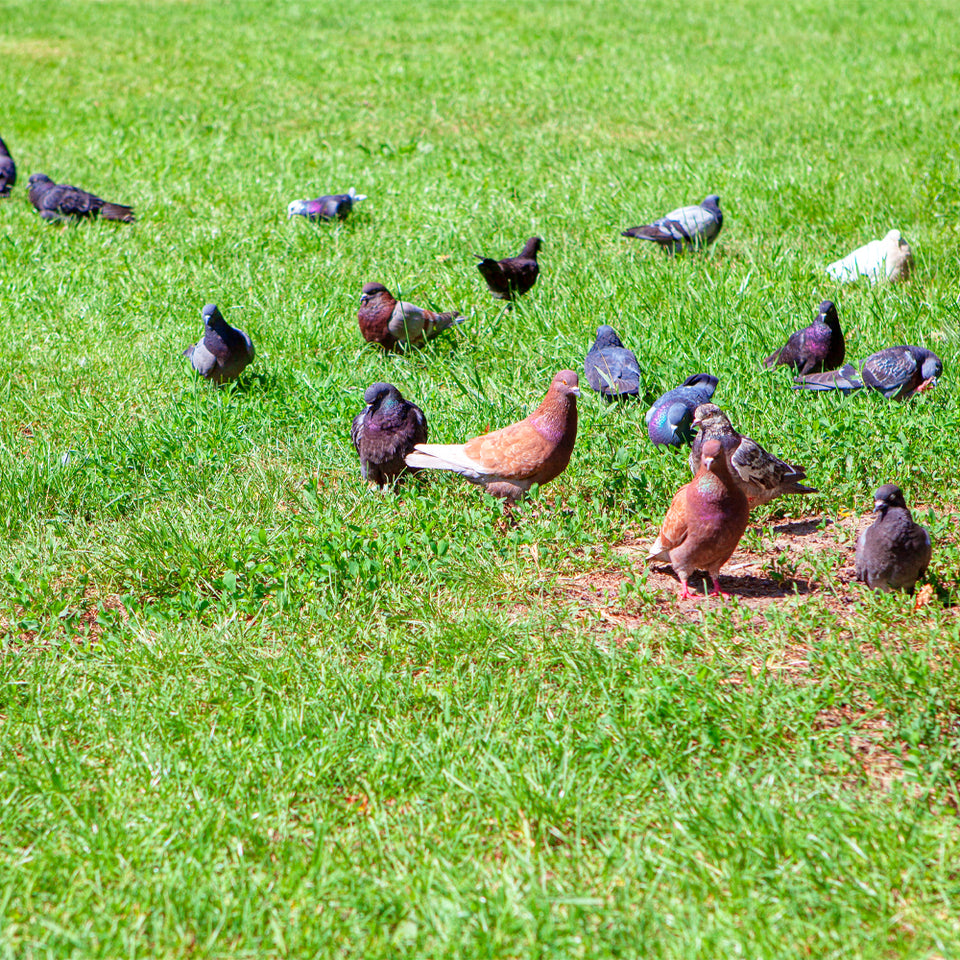

Grubs and birds
If you see many birds in the lawn, this may also indicate grubs. The birds peck, dig and toss in the grass to find and eat the grubs. This can cause additional damage to the lawn and lead to bare spots.


How do I combat grubs?
To combat grubs you can use Phora nematodes: natural enemies of grubs. Nematodes are microscopic worms that naturally occur in the soil in the Netherlands.
When do I combat grubs?
Phora is best used from mid-August to mid-September. Grubs are best controlled when they are still young (smaller than 2 cm); Then 80% to 95% of the grubs usually die in the weeks after treatment. As the grubs grow larger, the effectiveness of the control drops below 50%. That is why it is important to apply the nematodes at the right time.

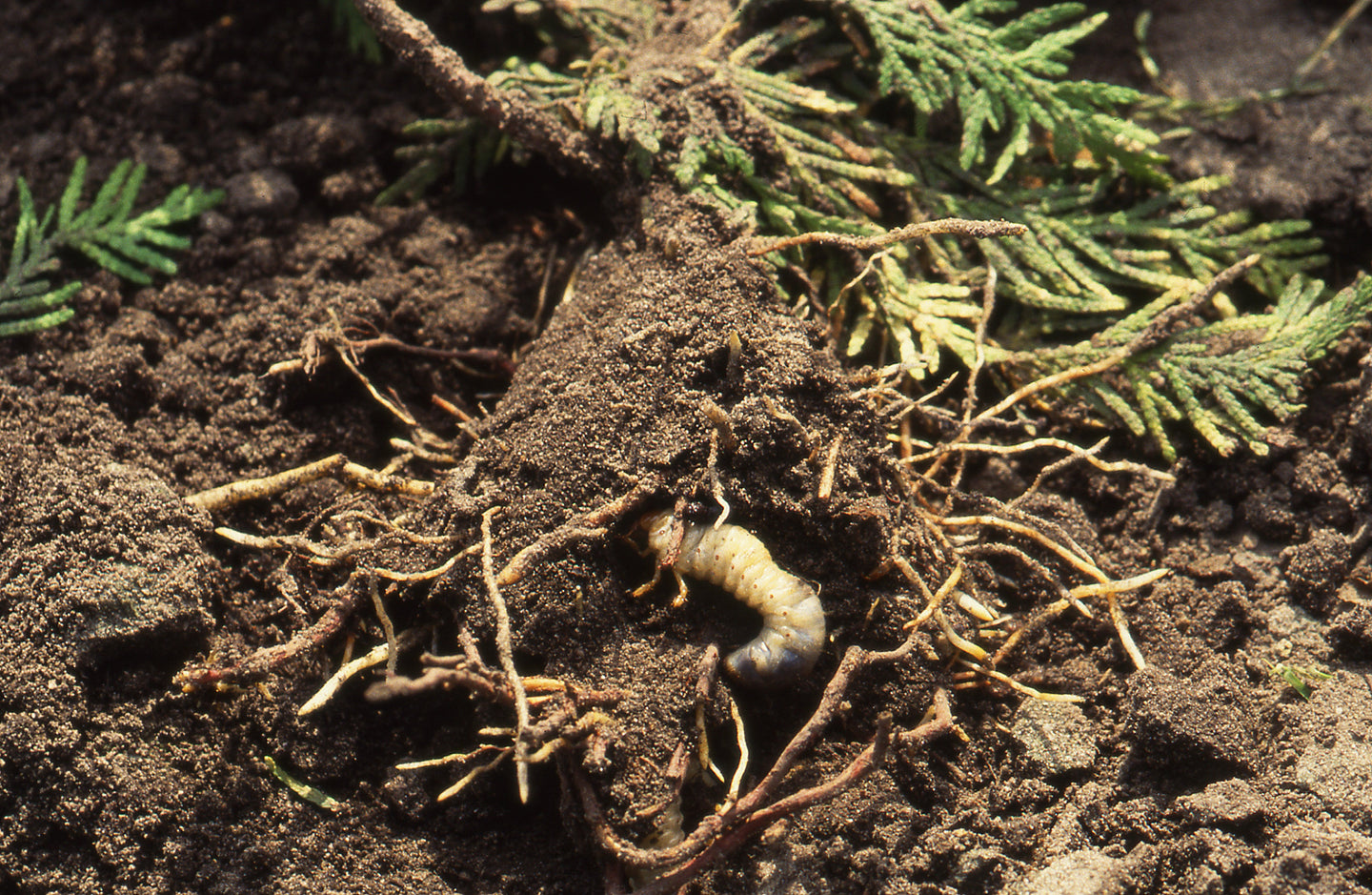
How often do you fight grubs?
Because many grubs live for several years, they must be controlled every year so that the young grubs are dealt with before they can grow large. For a persistent infestation, it is best to use nematodes 2 or 3 times a year, with at least a month in between.
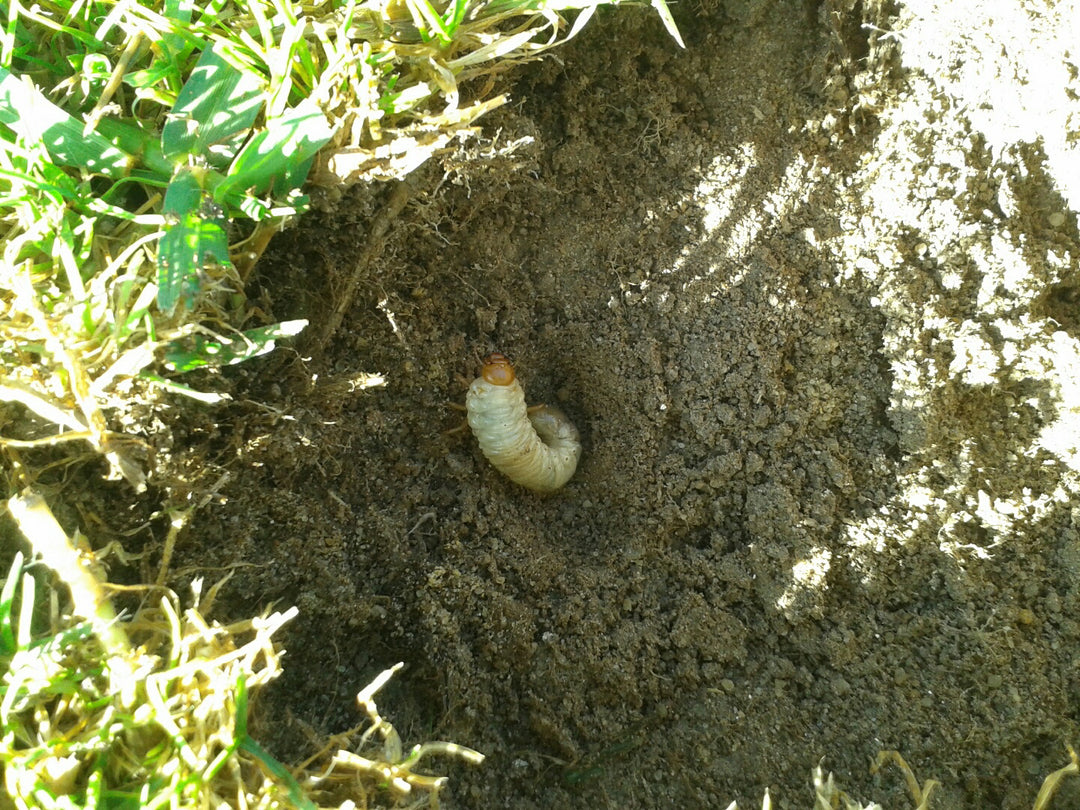

Which grubs cannot be controlled?
Large grubs (>2cm) cannot be controlled with nematodes. This is because the nematodes cannot penetrate the skin of the older grubs properly. June beetle grubs cannot be controlled with nematodes either.
Not sure which pest is bothering you?
View our overview page with all pests.











































